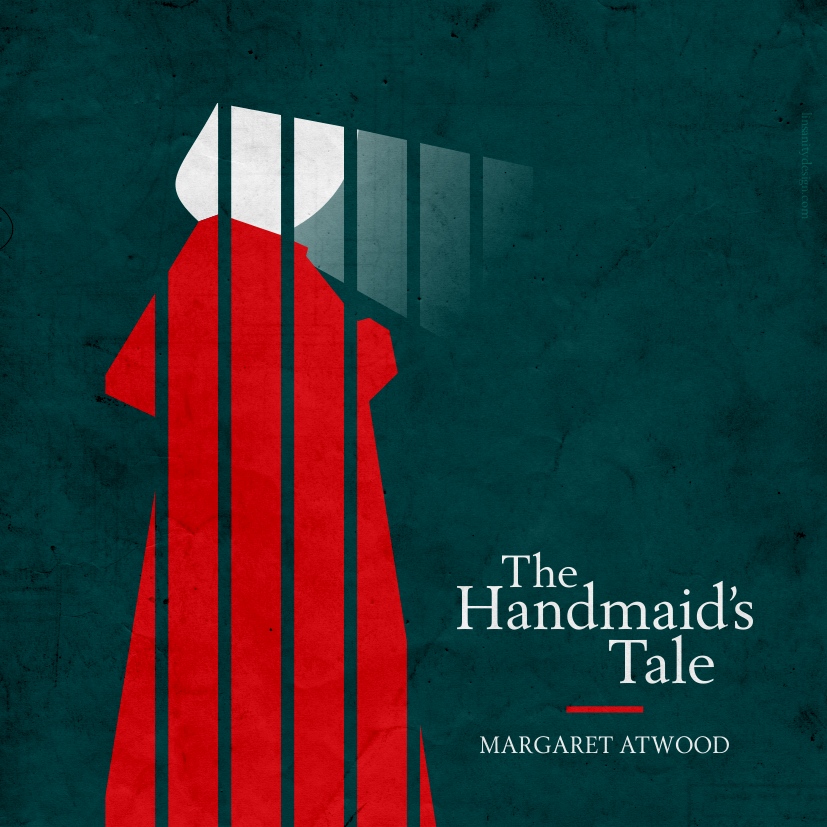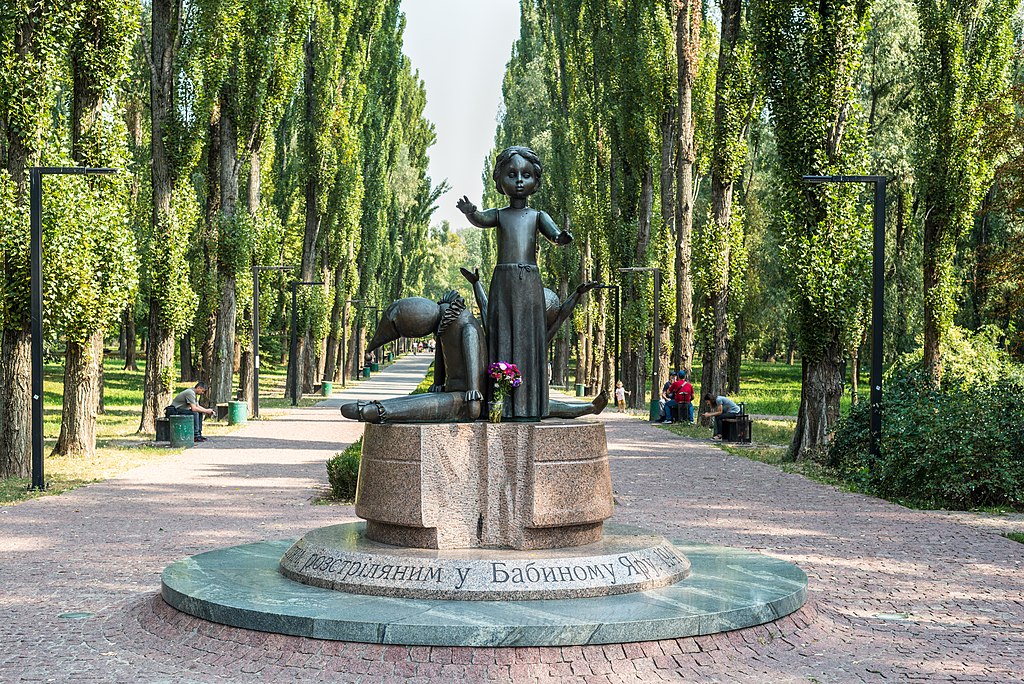As an embattled government clashed with a revitalised opposition in the cities of Qom and Isfahan, the funeral celebrations for Grand Ayatollah Hossein Ali Montazeri were in many ways overshadowed by the much wider struggle between forces loyal to Supreme Leader Ali Khamanei and President Mahmoud Ahmadinejad, and those of the increasingly bold and vociferous “Green Movement”.
Montazeri, a leading light of the 1979 Islamic Revolution and one-time successor-designate to Ayatollah Ruhollah Khomeini, was – largely due to his religious rank rather than political clout – one of the most prominent and consistent critics of Khamanei and Ahmadinejad. Living under house arrest since 1997, his parting shot at the current government was a fatwa issued against President Ahmadinejad following his return to power earlier this year.
An initial mass gathering in the holy city of Qom – where supporters of the late Ayatollah repeatedly inveighed against the government – was replicated in the cities of Isfahan and Najafabad. The website Rahesabz reported clashes between security forces and protesters, with police using tear gas and batons and making a number of arrests. “Security forces are beating people, including women and children, with chains and stones,” it added.
Press freedom in Iran had been under threat since the first demonstrations to mark National Student Day on 7 December, with prominent reformist (and even some conservative) websites and newspapers facing closure, censorship and intimidation. The death of Montazeri, however, has encouraged the latest government assault on the press. On the day of his death, the Ministry of Islamic Culture and Guidance issued a statement banning newspapers from running stories about Montazeri and on the next day, the Commission for Press Authorisation and Surveillance shut down the reformist newspaper Andisheh-ye-No or “New Thought”.
Montazeri’s own website remains blocked and one of its editors, Mojtaba Lotfi, is currently serving a four-year jail sentence for “disseminating anti-government propaganda and Montazeri’s views”. An exclusive interview the Ayatollah gave to the BBC shortly before his death was also prevented from going on air. Websites including Rahesabz have also carried reports of government-affiliated Basij militia targeting the offices of Ayatollahs Jalaluddin Taheri and Yusuf Sanei. The offices of Sanei were reportedly ransacked, their windows smashed and his staff beaten up. Against such increasingly desperate and vindictive measures the opposition has stood firm.
Montazeri’s religious standing gave a unique weight to his criticism of the government, evidenced by the vehemence with which he was pursued by them. Many have argued that his death leaves a void within the opposition and has removed one of the government’s most powerful enemies, further empowering Khamanei and Ahmadinejad. At the same time, the opposition has consistently shown its ability to mobilise en masse independent of their ostensible political leaders – and as illustrated by the mass gatherings at his funeral and elsewhere, Montazeri has left both a legacy and a message around which many of the opposition can rally. Recent images and reports from Qom, Isfahan and elsewhere certainly don’t suggest an opposition scattered and demoralised as the government might hope.





